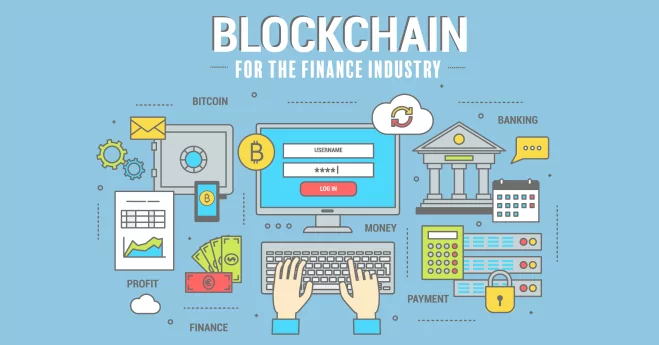Welcome to the exciting world where money meets technology! In this blog post, we’re starting a journey to uncover how blockchain, the clever tech behind Bitcoin, is changing our transaction process. It’s not just about digital coins – it’s about a big shift in the way we do finance. Come along as we explore and reveal the secrets that are transforming the financial world!
First, let’s find out….
What is Blockchain?
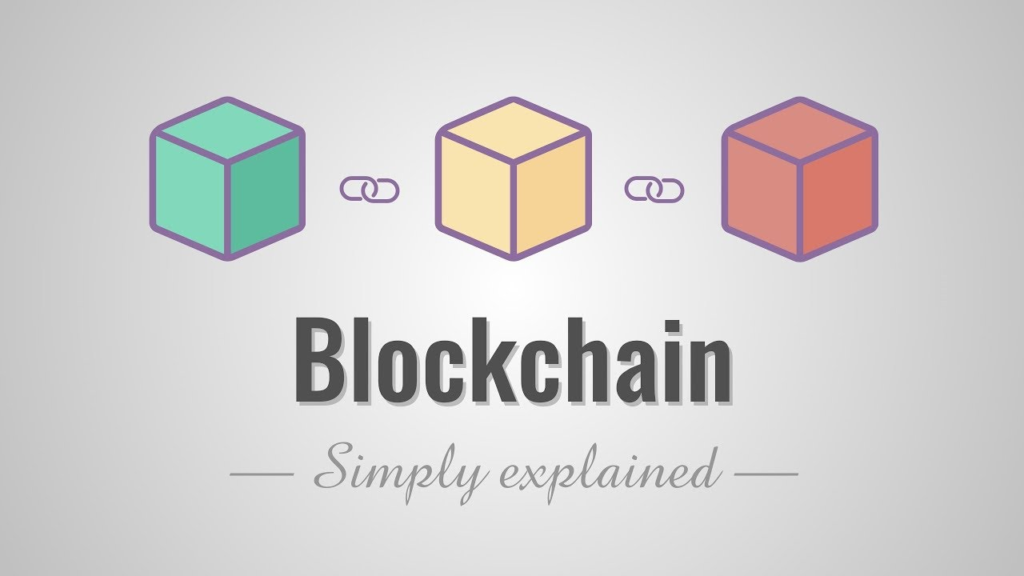
Blockchain is a revolutionary technology that serves as a decentralized and distributed ledger, transforming how we record and verify transactions. Picture a digital ledger or a chain of information shared across a network of computers. Each piece of data, or “block,” is linked to the previous one, creating an unbroken information chain. Now, the magic happens in the decentralization – instead of having one central authority overseeing this ledger, copies exist on every computer in the network.
Here’s how it works: When a new transaction occurs, it’s grouped with other transactions in a block. Before this block is added to the chain, it undergoes a verification process by participants in the network. This verification is achieved through complex mathematical algorithms, ensuring the integrity and security of the information. Once verified, the block is added to the chain, and everyone in the network gets an updated copy of the ledger.
The decentralization and transparency of blockchain make it resistant to tampering or fraud. If someone were to change information in one block, they would need to simultaneously change it in every subsequent block on every computer in the network – an almost impossible feat. This robust structure makes blockchain a trustable and secure system, well beyond the scope of cryptocurrencies.
Blockchain in Finance and Banking: Unleashing the Power of DeFi
Think of blockchain in finance as more than just a tool for cryptocurrencies. Now, something called Decentralized Finance, or DeFi, is changing how we do finance. In DeFi, blockchain is at the forefront of a revolution shaking up traditional banking. Imagine a financial system where you don’t need banks as middlemen – that’s what DeFi is all about.
The Rise of Decentralized Finance:
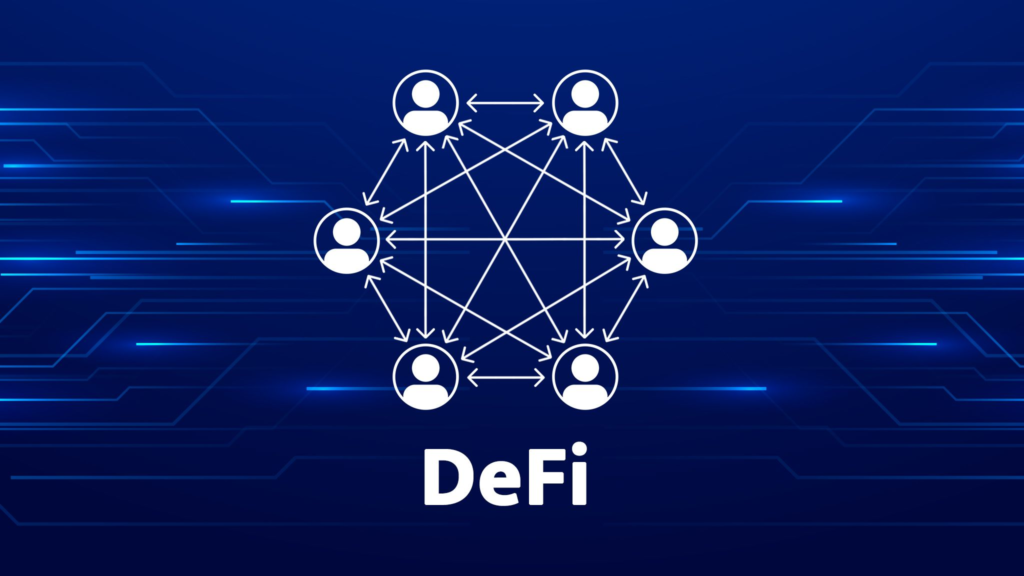
Decentralized Finance, or DeFi, buzzes through the financial corridors. But what exactly is it, and how do blockchain systems enable its existence? In simple terms, DeFi represents a paradigm shift from centralized financial systems to decentralized app development and is accessible to anyone with an internet connection. With its decentralized and transparent nature, blockchain forms the backbone of DeFi applications.
Blockchain in finance, the underlying technology behind cryptocurrencies like Bitcoin and Ethereum, is a decentralized and secure ledger. It enables DeFi applications by serving as a transparent and tamper-proof record of financial transactions.
Blockchain Systems enable decentralized applications:
Here’s how blockchain makes DeFi different from traditional banking:
- No Intermediaries
In traditional banking, you usually need intermediaries like banks to facilitate transactions. With DeFi, blockchain systems allow for peer-to-peer transactions without intermediaries. This reduces costs, speeds up processes, and gives users more control over their finances.
- Smart Contracts
Blockchain applications support smart contracts, self-executing contracts with the terms of the agreement directly written into code. In DeFi, intelligent contracts automate various financial functions like lending, borrowing, and trading. This automation increases efficiency and reduces the risk of fraud and human error.
- Global Accessibility
DeFi applications built on blockchain systems are accessible to anyone with an internet connection, regardless of location. This inclusivity contrasts with traditional banking systems, which may have geographical restrictions or require extensive documentation for cross-border transactions.
- Transparency and Security
Blockchain applications ensure transparency as every transaction is recorded on a public ledger. Users can verify transactions, promoting trust in the system. Additionally, the decentralized app development nature of blockchain enhances security, making it difficult for malicious actors to compromise the entire system.
- Financial Inclusion
DeFi could bring financial services to the unbanked or underbanked population. Individuals without access to traditional banking systems can participate in various financial activities through DeFi applications, promoting financial inclusion.
- Decentralized Exchanges
Traditional financial markets rely on centralized exchanges. DeFi decentralized exchanges operate without a central authority, allowing users to trade directly from their wallets. This eliminates the need for a middleman, reducing fees and increasing user control over assets.
Benefits of Decentralized Applications:

Let’s break down the benefits of DeFi in a straightforward way:
- More People in the Money Game: DeFi opens the door for everyone. You don’t need a special invite or a big bank account. It’s like ensuring anyone with an internet connection can join the financial fun.
- Saving Your Cash from Fees: Traditional banks love fees but not DeFi. With DeFi, you’re not paying hefty fees to intermediaries. It’s like finding a money-friendly path with fewer tolls.
- Easy Money Access: DeFi keeps it simple. If you’ve got a device and the internet, you’re in. No waiting in lines, no paperwork hassle – just quick and easy access to money.
- You’re in Control: Imagine doing money things without someone watching over your shoulder. DeFi lets you lend, borrow, and trade on your terms. Smart contracts, the tech behind them, act like personal money assistants.
- No Exclusive Club: Some financial services feel like exclusive clubs. DeFi changes that. It doesn’t matter where you live or how much money you have – everyone’s invited.
Understanding Cross-Border Payments: Blockchain’s Swift Revolution
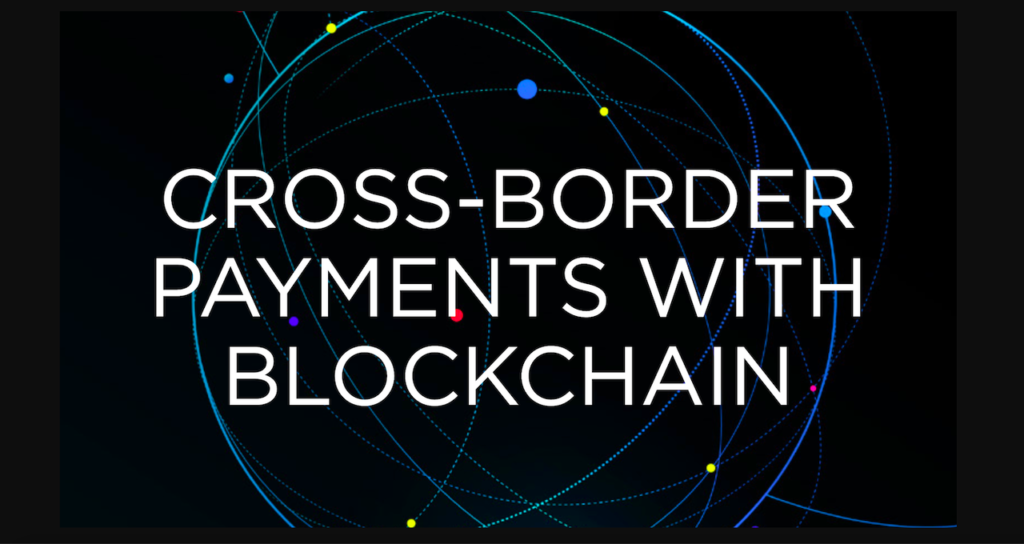
Crossing borders in the world of finance used to be a long journey, laden with delays and hefty fees. But fear not, because blockchain application is here to revolutionize the game, transforming cross-border payments into a streamlined and cost-effective process.
Reducing Time and Cost: The Blockchain Applications Advantage
Traditional cross-border transactions are slow and costly due to multiple intermediaries. Blockchain’s decentralized nature streamlines the process, significantly reducing transaction time and costs.
- The Power of Smart Contracts
Blockchain employs intelligent contracts, self-executing agreements coded with transaction terms. Smart contracts automate the process of cross-border payments, ensuring speed and accuracy without manual intervention.
- Increased Transparency and Security
Blockchain’s transparent ledger records every transaction, reducing fraud risk and providing an accessible audit trail. Its decentralized app development structure enhances security, making cross-border transactions more reliable and resistant to attacks.
Real-World Examples of Blockchain-Based Cross-Border Payment Solutions
Blockchain-based cross-border payment solutions have moved beyond theoretical discussions, with several real-world examples showcasing their transformative impact on global financial transactions. Here are a few notable instances:

- How it works: JPM Coin is a digital asset developed by JPMorgan Chase for instantaneous payment transfers between institutional clients. It operates on Quorum, a permissioned blockchain developed by JPMorgan.
- Impact: JPM Coin is streamlining cross-border payments for institutional clients, offering a faster and more secure alternative to traditional banking channels.

- How it works: IBM’s World Wire is a blockchain-based cross-border payment network that utilizes the Stellar blockchain. It allows financial institutions to transfer and settle real-time payments using various digital assets.
- Impact: World Wire is designed to enhance the efficiency of global financial transactions by reducing the time and cost associated with cross-border payments. Its use of blockchain systems ensures transparency and security in the process.
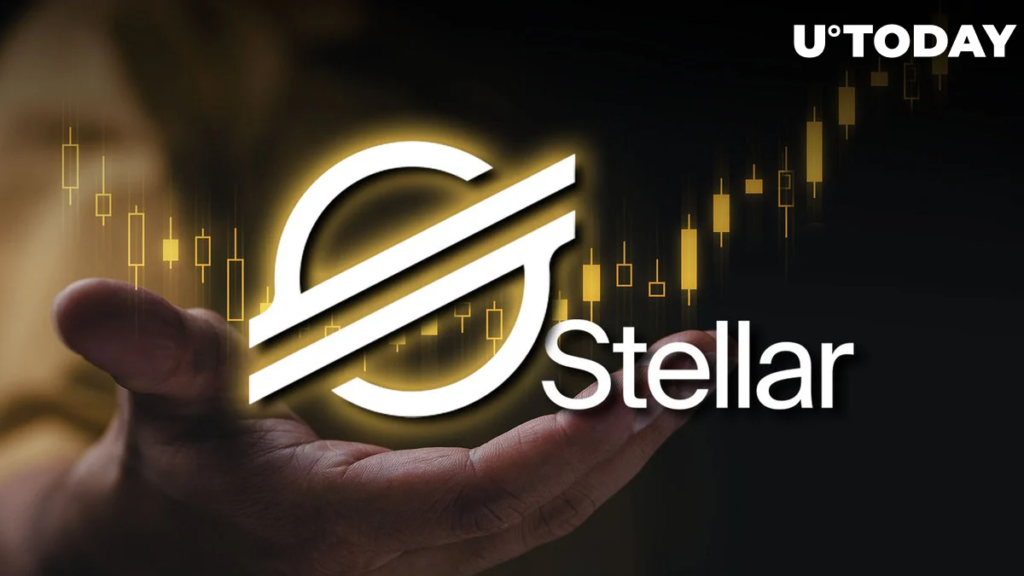
- How it works: Stellar, like Ripple, focuses on facilitating cross-border payments. It connects financial institutions through its blockchain applications, allowing for quick and affordable transactions. Lumens (XLM) is the native cryptocurrency used in the Stellar network.
- Impact: Stellar has gained recognition for its emphasis on financial inclusion. Connecting institutions in different parts of the world enables more people to access affordable and efficient cross-border payment services.
Simplifying and Accelerating Cross-Border Transactions with eTraverse’s Blockchain Expertise
With the expertise of eTraverse blockchain app developers and the application of blockchain technology, a significant transformation is underway, simplifying and accelerating cross-border transactions. Here’s how:
1. Eliminating Multiple Intermediaries:
- Traditional Hassle: Cross-border transactions typically require involvement from multiple intermediaries, each adding complexity and time to the process. This can include correspondent banks, clearinghouses, and various regulatory bodies.
- eTraverse’s Solution: Leveraging blockchain, eTraverse’s blockchain developer is streamlining this convoluted process. The decentralized app development eliminates the need for multiple intermediaries. Transactions become direct and peer-to-peer, reducing the layers of bureaucracy and expediting the entire process.
2. Reducing Transaction Costs:
- Traditional Challenge: High transaction costs are a common headache in cross-border payments. Each intermediary charges fees for their services, contributing to the overall expense.
- eTraverse’s Solution: With eTraverse’s blockchain app developer’s expertise, transaction costs are significantly reduced. The fees associated with each step are minimized by cutting out unnecessary middlemen. This benefits businesses and financial institutions and makes cross-border transactions more accessible to a broader audience.
3. Enhancing Speed and Efficiency:
- Traditional Timeframes: Cross-border transactions often take days due to the sequential involvement of various intermediaries, each with its processing time.
- eTraverse’s Solution: Blockchain technology, under the guidance of blockchain app developers, introduces a new era of speed and efficiency. Transactions occur in near real-time, facilitated by blockchain processes’ decentralized and automated nature. Transactions used to take days can now be achieved in minutes.
4. Transparent and Secure Transactions:
- Traditional Concerns: The opacity of traditional systems can lead to trust issues and security concerns in cross-border transactions.
- eTraverse’s Solution: Our blockchain developers ensure transparency and security. Every transaction is recorded on an immutable ledger, visible to all parties involved. This fosters trust and provides a secure environment resistant to fraudulent activities.
Conclusion:
Key Highlights from the Blog:
- The transformative impact of DeFi on inclusivity, reduced fees, and broader financial accessibility.
- Streamlining cross-border payments through blockchain, with eTraverse leading the way in cutting costs and expediting transactions.
How eTraverse Plays a Role in Your Journey:
In your journey towards implementing blockchain systems in the financial sector, eTraverse emerges as a strategic partner. Our blockchain developer’s expertise transforms complexities into opportunities, ensuring that blockchain seamlessly integrates into your financial operations, becoming a driving force for positive change.

